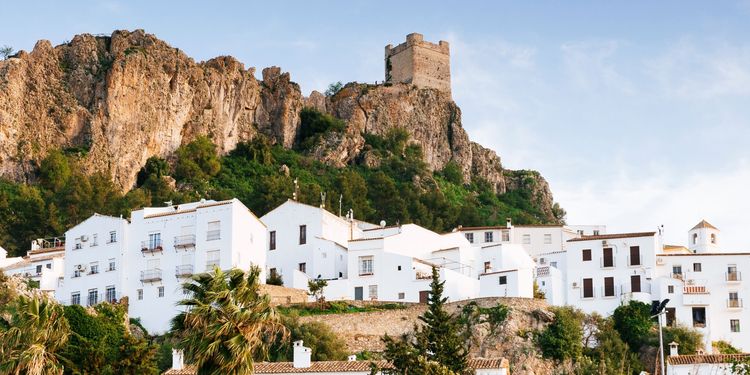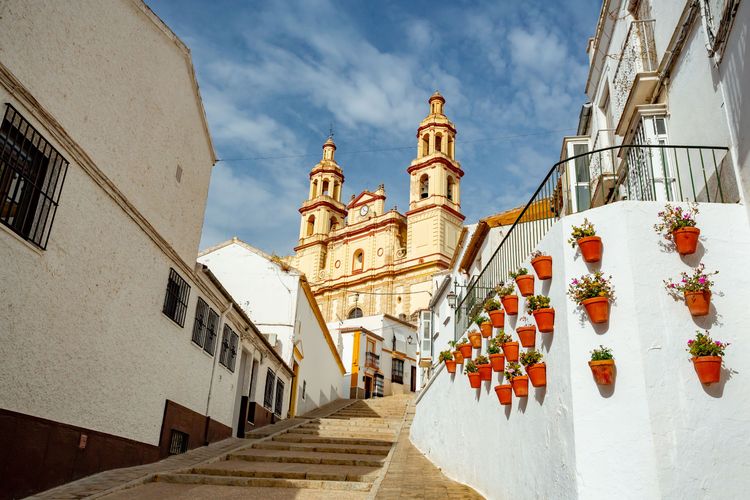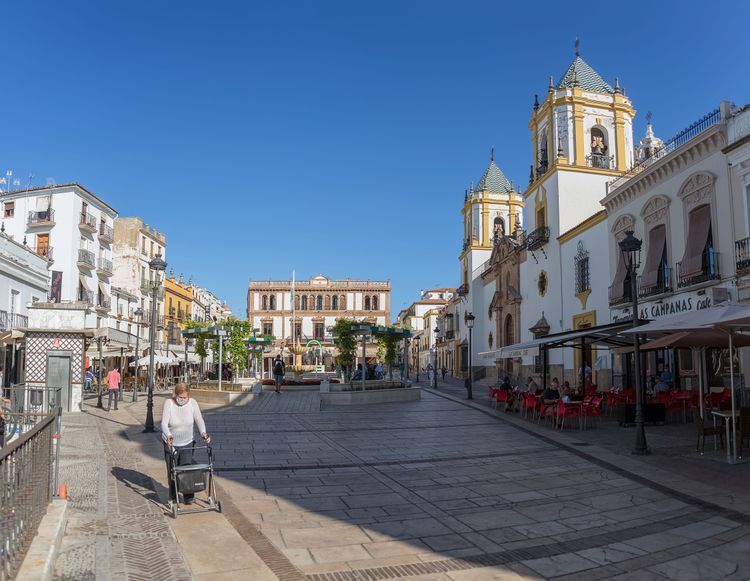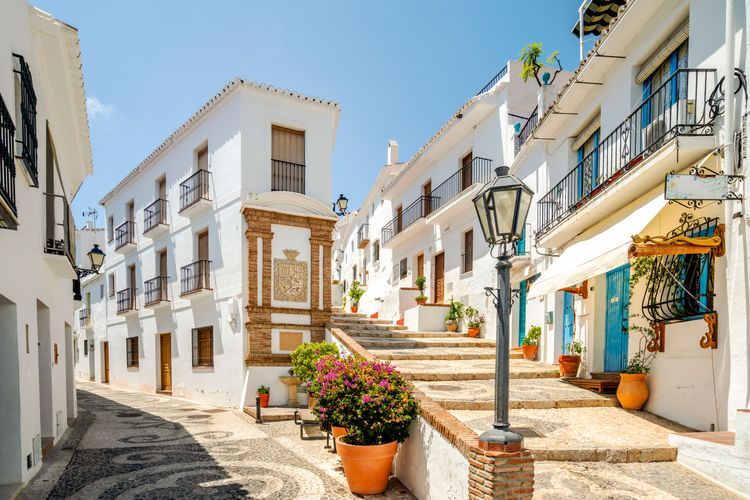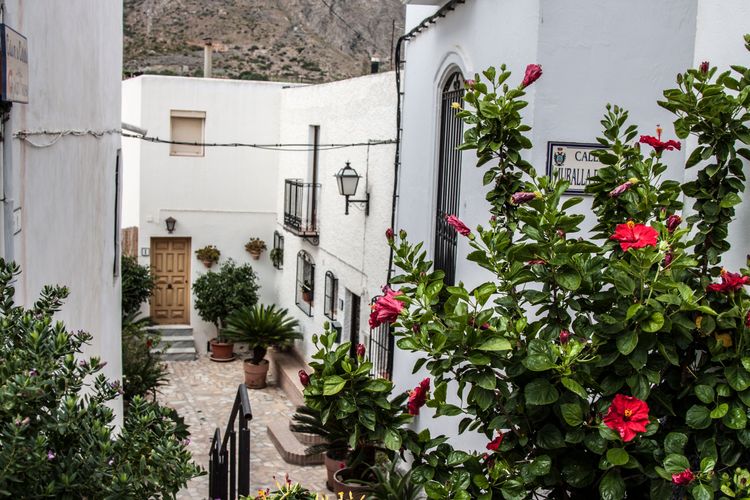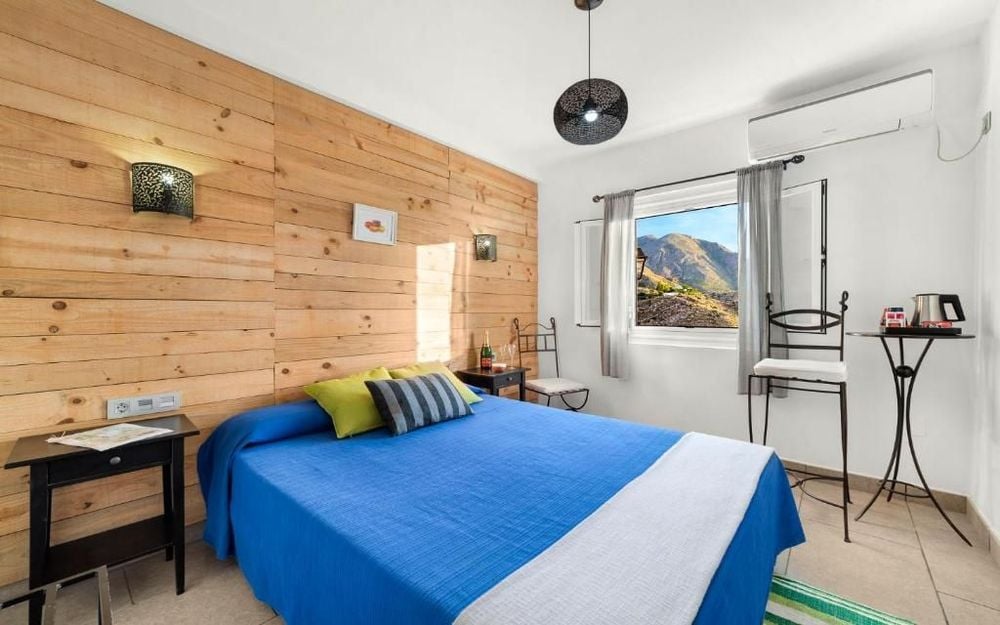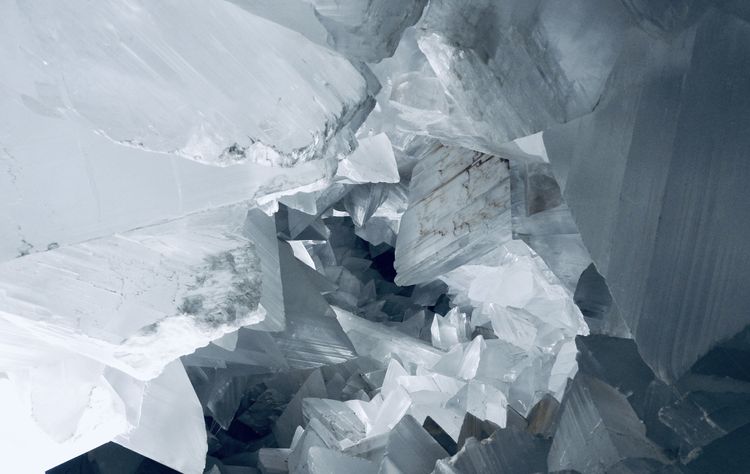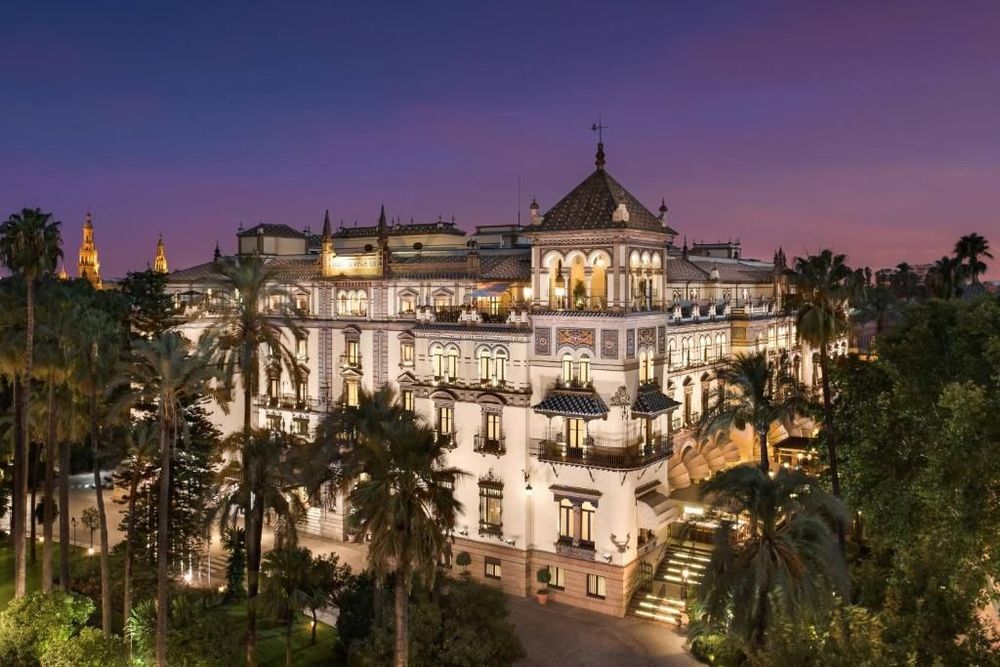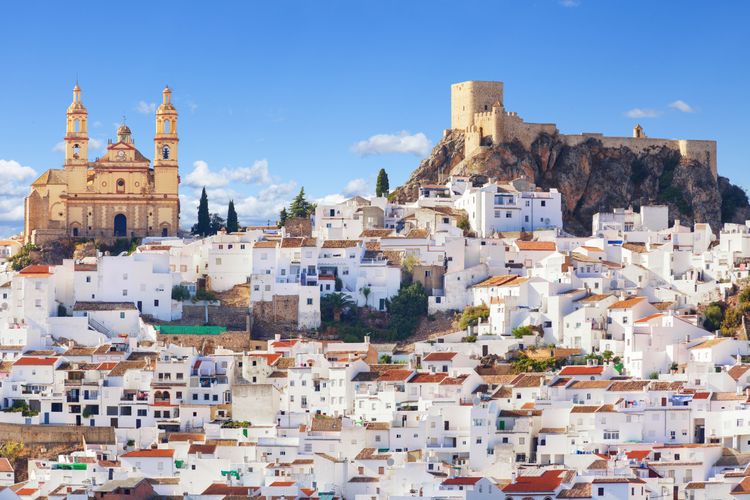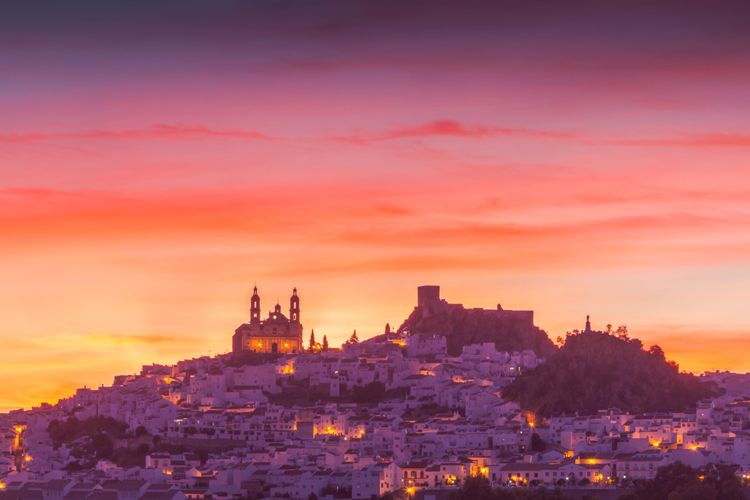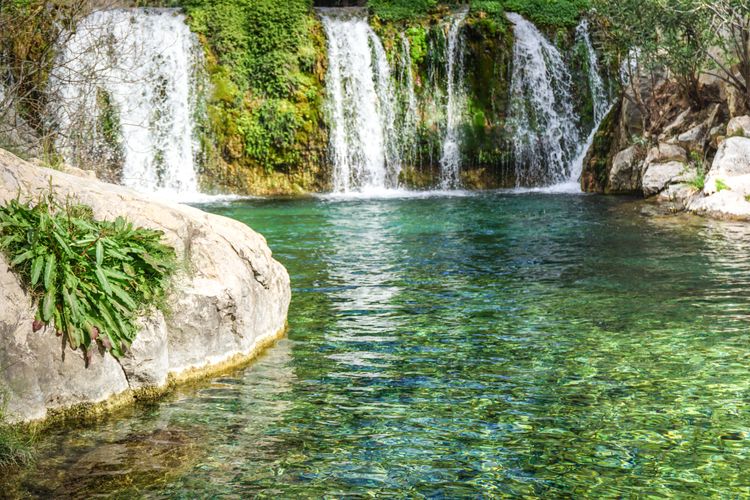In the far south of Spain, in Andalusia, the houses of 19 towns are a sign of the passage of time in human life. Pueblos Blancos, they are called, these groups of houses with walls that were painted with whitewash more than six centuries ago and which now form part of a route coveted by those of us who love to travel between narrow streets with pretty houses and cobblestones, walls and natural landscapes.
Andalusia, situated in a privileged location at the southernmost tip of Europe, facing Africa, between the Atlantic and the Mediterranean, has always been coveted. It has passed through the hands of Iberians, Phoenicians, Greeks, Visigoths, Moors and Christians, leaving in their wake both physical and cultural vestiges, which are still imprinted in the traditions, customs and walls. The Pueblos Blancos crown peaks that rise along with walls and castles, all built to defend themselves from the ever-wanting enemies.
